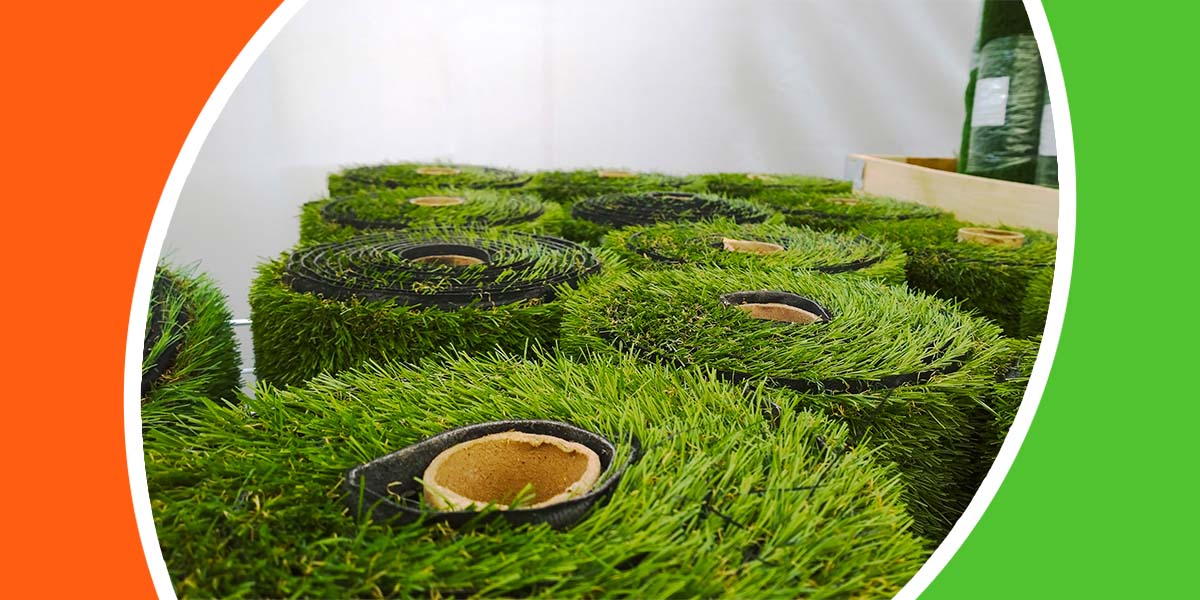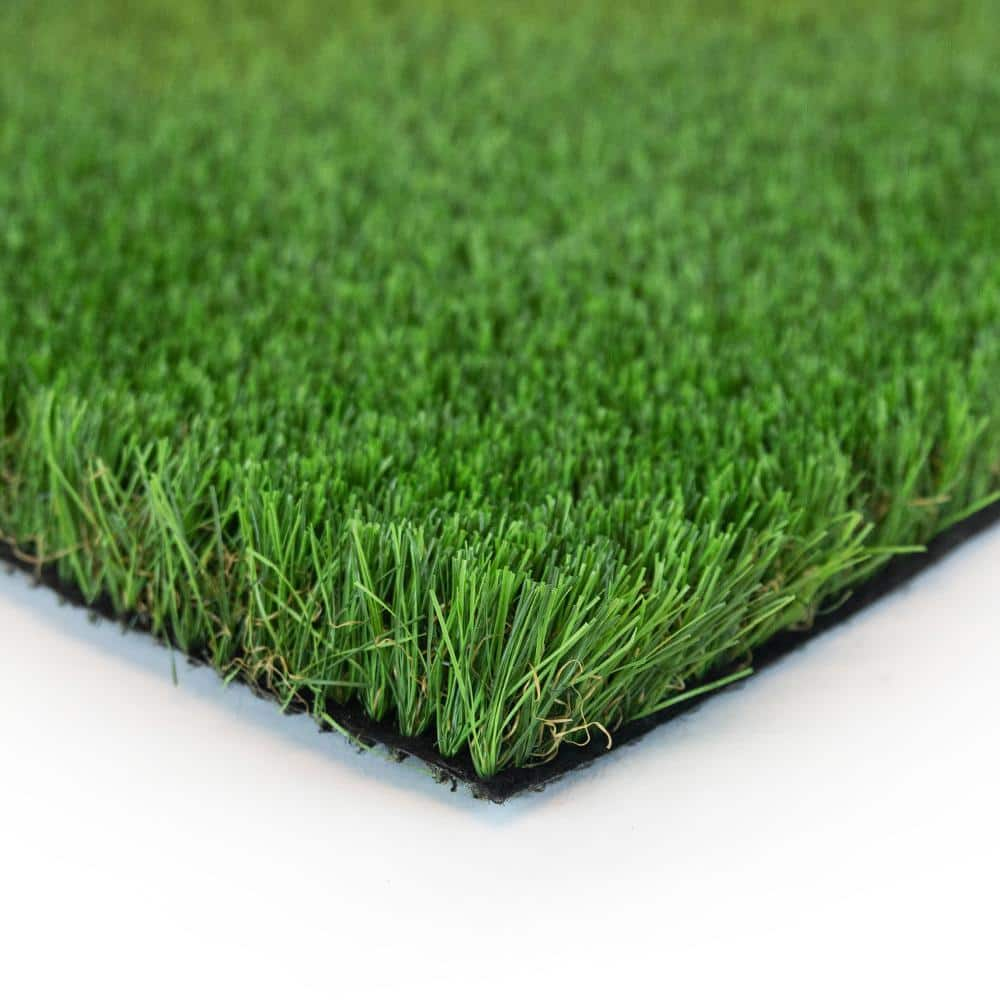Look Into the Environmental Conveniences of Opting for Synthetic Grass Solutions
The fostering of artificial lawn options offers a compelling chance to address pressing ecological difficulties. By considerably minimizing water usage and reducing the application of unsafe chemicals, these choices not just promote sustainable landscaping but additionally protect local ecosystems.
Water Conservation Advantages
Among one of the most considerable benefits of fabricated turf is its capacity to conserve water. Traditional grass yards call for substantial irrigation, particularly in locations prone to drought or water limitations. On the other hand, synthetic turf does not require watering, significantly reducing the overall need for water resources. This function is especially advantageous in deserts where water deficiency is a pressing concern.
By removing the need for regular watering, fabricated grass contributes to sustainable landscape methods and helps minimize the environmental influence of too much water intake. The preservation of water expands to the decrease of runoff, which can lead to soil disintegration and waterway air pollution.
Additionally, the setup of fabricated grass permits homeowners and municipalities to allot water sources much more efficiently, concentrating on essential uses such as alcohol consumption water and farming. The shift towards synthetic turf not only promotes accountable water usage however additionally aligns with wider environmental goals focused on preserving natural deposits.
As communities significantly focus on sustainability, the water conservation benefits of man-made turf provide an engaging situation for its fostering in business and residential landscape design jobs.
Reduced Chemical Use
The transition to synthetic grass considerably decreases the dependence on chemical treatments typically made use of in natural grass upkeep. Conventional lawn monitoring usually involves the application of herbicides, plant foods, and pesticides to advertise growth and control insects. These chemicals can posture risks to human health and wellness, neighborhood wildlife, and the atmosphere, adding to dirt and water contamination.
In comparison, synthetic grass removes the need for these unsafe materials. Once installed, it requires minimal upkeep, mainly consisting of routine cleansing and seldom infill replenishment. This decrease in chemical usage not just benefits the prompt environment yet likewise adds to broader eco-friendly security. By lessening the launch of artificial substances into the ecosystem, man-made lawn promotes much healthier dirt and water systems.
In addition, the absence of chemical drainage related to man-made grass installments aids shield neighborhood waterways from air pollution, sustaining marine life and keeping biodiversity. Turf installation phoenix az. As areas progressively prioritize sustainable practices, opting for artificial grass offers a viable solution that lines up with environmental conservation goals. Via this change, property owners can appreciate lavish environment-friendly rooms without jeopardizing environmental health, leading the way for a much more sustainable future
Reduced Carbon Impact

Moreover, the installment of synthetic grass can lead to substantial water conservation. All-natural yards call for substantial amounts of water for irrigation, which not just contributes Home Page to the carbon footprint related to water removal and treatment but also strains regional water sources. On the other hand, fabricated turf needs marginal upkeep, calling for no watering, thereby dramatically minimizing water usage and its associated energy costs.
In addition, the long life of artificial turf adds to its decreased carbon effect. With a life expectancy of up to 15 years or more, the requirement for constant replacements is decreased, leading to less waste and lower energy consumption in production and dealing with conventional lawn alternatives. Overall, synthetic grass presents a lasting alternative for environmentally conscious landscaping.
Habitat Preservation
Habitat preservation is an important factor to consider Home Page in the argument over landscaping options, particularly when comparing fabricated turf to all-natural yard. Natural turf yards typically require comprehensive upkeep, consisting of using fertilizers, herbicides, and pesticides, which can negatively impact regional environments. These chemicals can leach into the dirt and waterways, harming indigenous plants and animals and interrupting regional environments.
Fabricated lawn gets rid of the demand for harmful chemicals, thus safeguarding neighboring wildlife and maintaining the integrity of bordering environments. The installment of man-made turf can lead to the conversion of previous yard areas right into more biodiverse landscapes, such as pollinator gardens or indigenous plant areas, which can support neighborhood wildlife.
Ultimately, the shift to fabricated turf not only saves water and minimizes upkeep initiatives yet additionally promotes a much more unified connection in between human tasks and the native environment, advertising environment conservation in the process.
Long-Term Sustainability
Long-term sustainability is a critical consider examining the advantages of man-made grass over traditional lawn yards. Among one of the most substantial advantages of man-made grass is its sturdiness; it can last approximately 15-20 years with marginal upkeep, whereas natural lawn requires constant reseeding and substitute. This long life reduces the need for constant sources, such as water, fertilizers, and pesticides, which are important for keeping a healthy yard lawn.
Furthermore, synthetic grass adds to a reduction in carbon emissions connected with lawn treatment tools. Standard grass usually call for gas-powered mowers, trimmers, and blowers, all of which add to air contamination. Arizona artificial turf. On the other hand, man-made lawn removes the requirement for such devices, advertising a cleaner setting
In addition, the manufacturing of synthetic grass significantly makes use of recycled materials, improving its sustainability account. As producers take on green methods, the environmental footprint of synthetic grass remains to decrease.

Conclusion
The fostering of man-made grass services offers substantial ecological advantages, consisting of significant water conservation, lowered reliance on harmful chemicals, and a reduced carbon footprint. Artificial lawn help in protecting all-natural environments by minimizing land disturbance and promoting long-lasting sustainability with the usage of sturdy products. Jointly, these factors highlight the potential of artificial lawn to add favorably to environmental wellness and offer a sensible option to standard landscape design methods in a significantly resource-conscious world.
In contrast, artificial turf does not require watering, substantially minimizing the general need for water resources. By decreasing the release of synthetic substances right into the community, artificial turf promotes healthier soil and water systems.
In addition, the setup of synthetic lawn can result in considerable water conservation. In comparison, synthetic grass needs marginal maintenance, needing no watering, therefore significantly minimizing water use and its linked energy costs.
